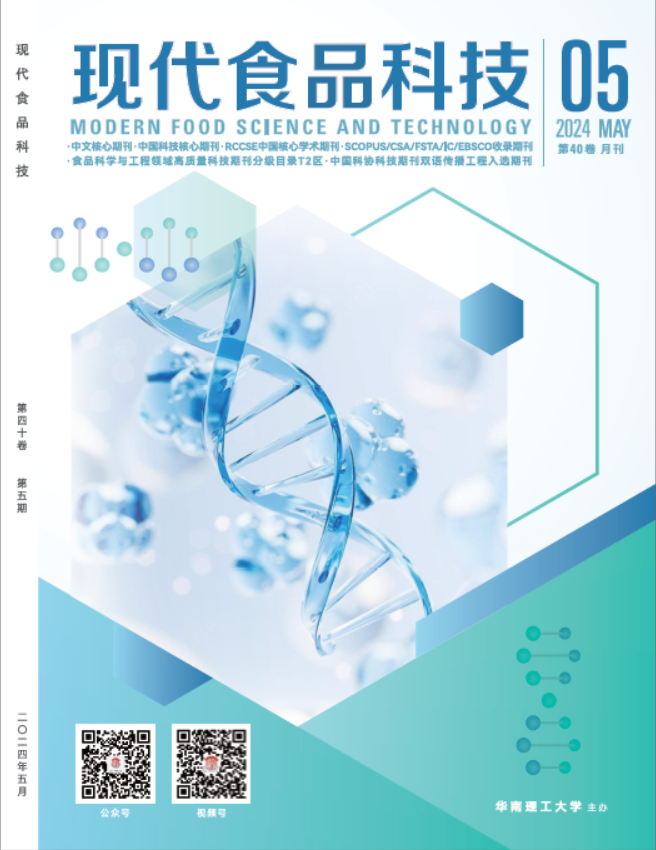Abstract:
In this study, four common varieties of Yingde black tea (A, B, C, D) were used as the research objects. The quality of the four types of tea was compared through measuring the contents of tea polyphenols, amino acids, water-soluble sugars, theaflavin, and antioxidant activity as well as sensory quality of tea. The results showed the content of tea polyphenols, water extract content, content of amino acids and theaflavin content in the four kinds of black tea were in the range of 14.53~21.98%, 29.57~38.56%, 2.85~3.04% and 1.57~3.75%, respectively. Among which, the contents of tea polyphenols and water extract in No. A were significantly (p<0.05) higher than those of No. C and No. B; the content of amino acids in No. C was significantly (p<0.05) higher than those of No. A and No. B. The content of theaflavins was the highest (3.75%) and lowest (1.57%), respectively in No. A and No. B tea. The content of catechin in four kinds of black tea ranged from 9.95% to 16.98%, with gallocatechin gallate possessing the characteristic tea soup flavor accounting for 5.98%~9.21% of the total content. Among the four black tea extracts, No. D had the highest antioxidant activity, and No. C had the lowest antioxidant activity, with a correlation between the antioxidant activity and polyphenols. The results of the artificial sensory evaluation showed that the taste and attribute characteristics of the four tea samples differed, with the No. C superior to the other three kinds of tea in attributes of taste, aroma and leaf bottom, followed by No. A. Overall, although the four kinds of Yingde black tea exhibited differences in the content and sensory characteristics of biochemical components, they all had the characteristic quality of Yingde black tea soup i.e. bright red color and strong sweet fragrance. No. A and No.C tea possess higher tea quality.

